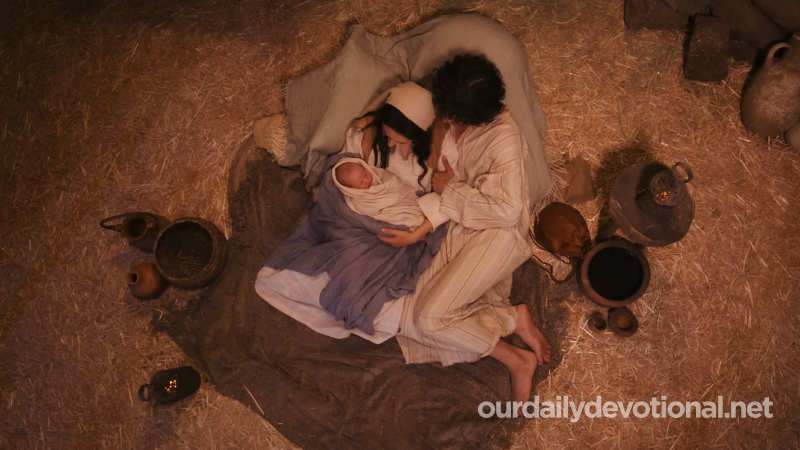Among the Greeks, this building had its steps in a semicircle, generally attached to a hillside.
Below the hemicycle was the orchestra, and this space was covered by a board on which the choir evolved. The stage was on a platform in front of the stands.
The games, the dramatic or comic performances, the harangues to the people, took place outdoors, in the theater grounds. The one in Ephesus had a capacity of 24,500 seats (Acts 19:29-40; cf. Acts 12:21) (see EPHESUS).
As for the Romans, in addition to the covered theaters, they had immense circuses for horse and chariot races, and also amphitheaters where the people witnessed combats between gladiators.
During the persecutions, Christians frequently suffered public martyrdom in theaters. In Rome, the Colosseum could hold 80,000 spectators (cf. 1 Cor. 9:24-27; 2 Tim. 4:7).
Meaning of THEATER
Among the Greeks, this building had its steps in a semicircle, generally attached to a hillside.







